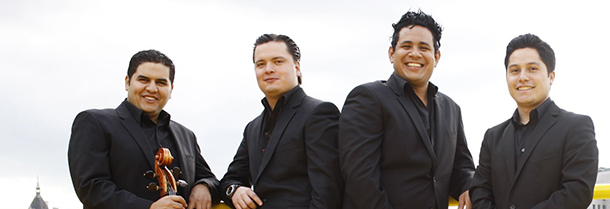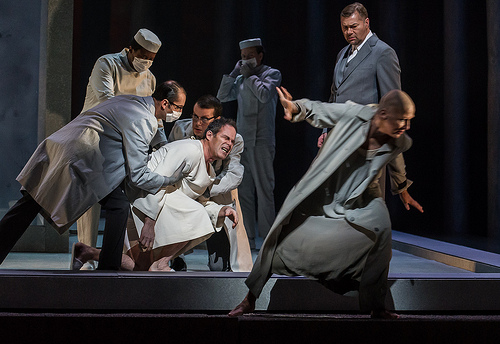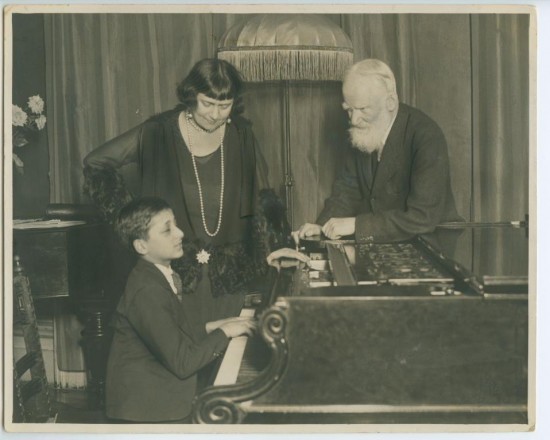Category: Blog
-

-

NOTICE OF THE VANCOUVER RECITAL SOCIETY’S AGM
NOTICE OF ANNUAL GENERAL MEETING OF MEMBERS OF THE VANCOUVER RECITAL SOCIETY (the “Society”) The Board of Directors of the Society hereby gives notice that the Annual General Meeting of the Society will be held on February 4, 2018 at 1pm at the Vancouver Playhouse (in Salon A), for the following purposes: Approval of the…
-

A CHANGE TO OUR FIRST CONCERT IN THE 2017-18 SEASON
The Simón Bolívar String Quartet’s scheduled performance at the Vancouver Playhouse on September 17 has been postponed to a future season. The current volatile and violent situation in Venezuela, which has heightened following last week’s election, has made it almost impossible for the quartet to navigate around Caracas to make arrangements for their North American tour.…
-

-

-

NOTICE OF THE VRS AGM + A CHANCE TO WIN
Notice of AGM All members are welcome and encouraged to attend The Annual General Meeting of the Vancouver Recital Society Sunday, February 21, 2016 at 12:45pm Royal Bank Cinema, Chan Centre, UBC Meeting Business 12:45pm The membership will be asked to consider the following business matters: President’s Report Presentation of the Auditor’s Report and Financial…
-

DO YOU REMEMBER YOUR VERY FIRST MUSICAL MEMORY?
When I was a boy my father would sing me to sleep every night. And when he went away on business trips, my mother sang to me at night instead. Now, my mother, whom I love dearly (98 and going strong!) has many wonderful traits and abilities, including playing the piano. But singing perfectly in…
-

A SPECIAL OFFER FROM OUR FRIENDS AT VANCITY THEATRE
Our good friends at Vancity Theatre have created this special offer for VRS patrons: Save 15% on tickets to: PARSIFAL FROM THE ROYAL OPERA HOUSE, COVENT GARDEN Sun, Jan 26 @ 12:30pm & Wed, Jan 29 @ 6:15pm In the first of a series bringing you opera productions…
-

NELSON MANDELA’S CLASSICAL PIANIST
The world is a poorer place for Nelson Mandela’s passing. Over the last few days I have read many articles about him and about my native South Africa during the dark days of apartheid. One item, in particular, surprised me. The piece below, by British journalist Norman Lebrecht, was posted on his daily blog…

